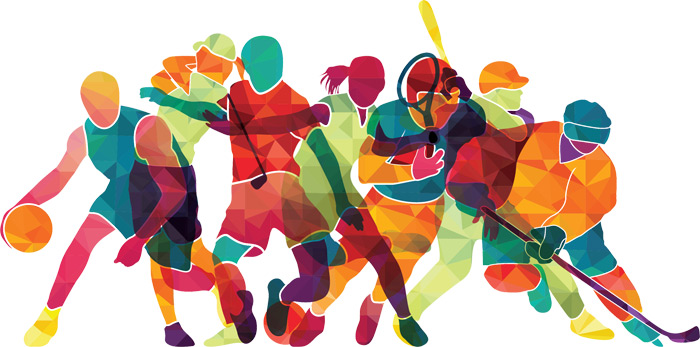| |
|
| |
 |
|
| "Keep your eye on the ball!" "Focus
on the finish line!" "Don't lose sight of the green!"
|
| If there's one thing that seems to be a
key to success in sports, it's vision. But did you know you
can improve your performance by improving some aspects of
your vision? It's easy to recognize problems, and even
easier to solve them. The following are some aspects of
vision which can be the difference between victory and
defeat, and some exercises to improve performance. |
|
|
|
|
| |
|
|
|
| |
|
|
|
| |
|
|
|
| |
|
|
|
| |
|
|
|
| |
|
|
|
| |
|
|
|
| |
|
|
|
| |
 |
|
|
|
|
|
| |
|
|
|
|
© 2024
All content is the property of
™
& assoc. vendors.
Website Powered and Developed by
|
|
|